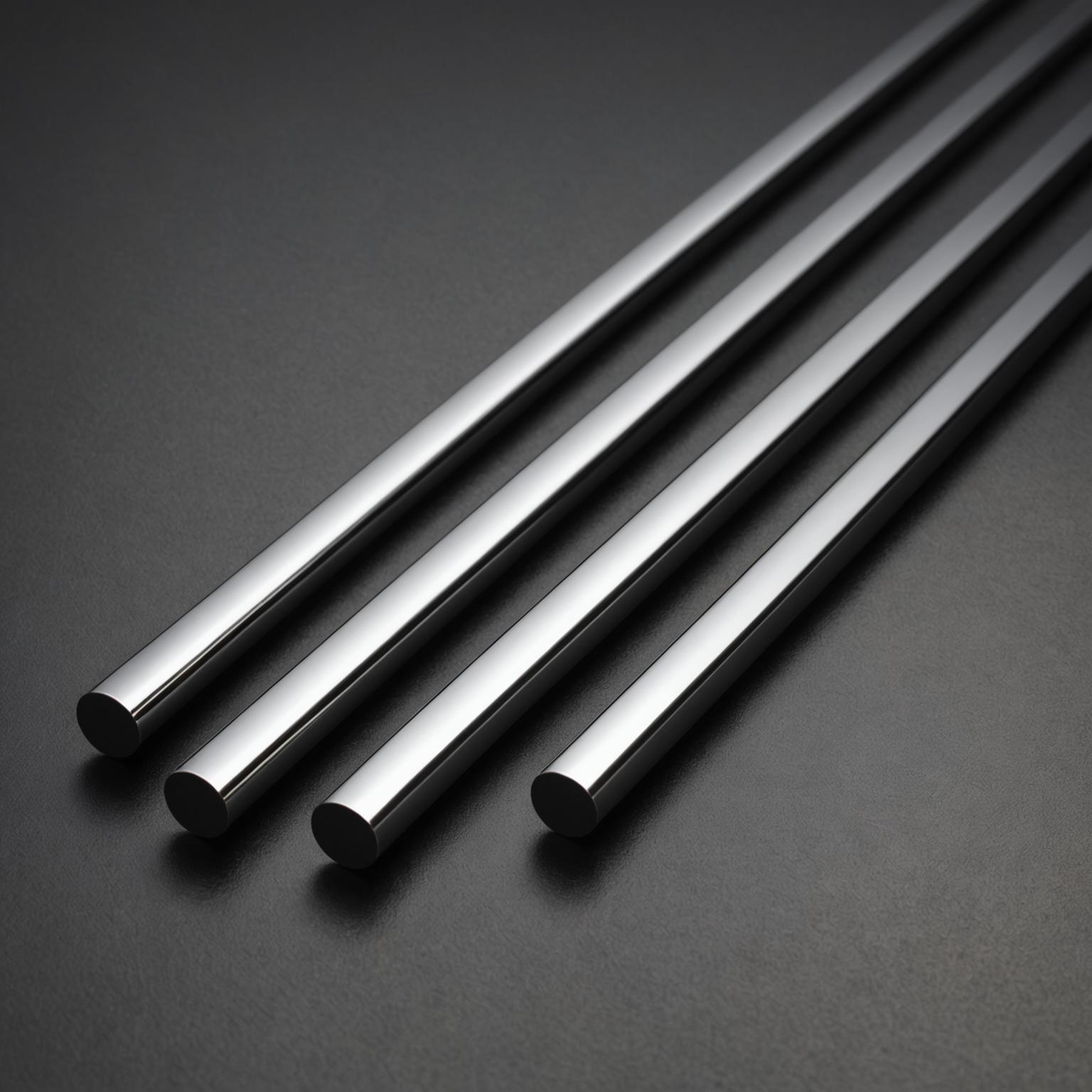A Comprehensive Guide to Using 304 Stainless Steel Round Bars
When embarking on a project that demands strength, corrosion resistance, and hygienic surfaces, the 304 stainless steel round bar is often the premier material of choice. This versatile metal product is a staple in industries ranging from construction to automotive, but it finds a particularly critical role in applications where cleanliness is paramount. This guide will walk you through everything you need to know about selecting, using, and maintaining these bars, with a special focus on their suitability for food grade environments. Whether you are a professional fabricator, a food-service operator, or a dedicated DIY enthusiast, understanding the properties of this material is the first step toward a successful and long-lasting project.
Understanding the Properties of 304 Stainless Steel
Before you can effectively use a material, it's essential to understand what makes it special. Grade 304 is the most common form of stainless steel used around the world, largely due to its excellent corrosion resistance and value. It is an austenitic stainless steel, meaning its primary crystalline structure gives it specific, desirable properties. Its composition typically includes about 18% chromium and 8% nickel. The high chromium content is the key to its famous corrosion resistance; when exposed to oxygen, the chromium forms a thin, passive, and invisible layer of chromium oxide on the surface. This layer protects the underlying steel from rust and corrosion, and it has the remarkable ability to self-heal if scratched or damaged. The nickel content enhances its formability, weldability, and toughness, even at low temperatures. This combination of elements results in a material that is not only strong and durable but also easy to fabricate into various shapes, including the highly useful round bar form.
The Standard for Food Grade Applications
One of the most significant advantages of 304 stainless steel is its status as a premier Food grade material. But what does this mean in a practical sense? It means the material is safe for direct contact with food and beverages without posing a health risk. This is because 304 stainless steel is non-porous and non-reactive. It will not leach harmful chemicals or metallic flavors into food, even when exposed to acidic substances like tomato sauce, citrus juices, or vinegar. Furthermore, its incredibly smooth and non-porous surface resists the harboring of bacteria, mold, and other pathogens, making it exceptionally easy to clean and sanitize. This is why you will find 304 stainless steel used extensively in commercial kitchens for countertops, shelving, and equipment, as well as in food processing plants, breweries, and dairies for tanks, piping, and machinery components. When a project requires absolute hygiene, this material is the industry standard.
A Guide to Selecting the Perfect 304 Round Bar
Choosing the right 304 stainless steel round bar for your needs involves more than just picking a length off the shelf. To ensure you get the performance you expect, follow this simple guide. First, verify the material grade. Reputable suppliers will provide material test reports or certifications that confirm the chemical composition and mechanical properties of the steel, assuring you that you are indeed getting grade 304. Second, consider the finish of the bar. For applications where aesthetics and hygiene are critical, a polished or brushed finish is preferable. A smoother surface is easier to clean and has fewer microscopic crevices where bacteria can hide. For structural applications where appearance is less important, a standard mill finish may suffice. Third, determine the precise dimensions you require. Measure carefully and consider the diameter and length needed for your project to minimize waste and ensure a perfect fit. Finally, inspect the bar for quality. It should be straight, with a consistent diameter along its entire length, and free from deep scratches, dents, or other surface imperfections that could compromise its integrity or hygienic properties.
Practical Applications and How-To Use Your Bar
Once you have selected your material, the possibilities are nearly endless. In a food-service setting, a 304 stainless steel round bar can be fabricated into custom pot racks, utensil holders, or support legs for work tables and equipment stands. Its strength makes it ideal for shelving supports that need to bear significant weight. For the ambitious home chef or DIYer, these bars can be cut and welded to create custom grill grates that will never rust or to build the framework for an outdoor kitchen. In food processing, they are often used as axles for conveyor belts, shafts for mixing paddles, or reinforcing rods within machinery. When working with the bar, it is important to use tools designated for stainless steel to avoid cross-contamination from carbon steel, which can lead to rust. Cutting can be done with an abrasive cut-off wheel or a band saw with a blade appropriate for metal, and it can be welded using TIG welding for a clean, strong bond that maintains its corrosion-resistant properties.
Guide to Care and Long-Term Maintenance
Maintaining the pristine condition and hygienic qualities of your 304 stainless steel is straightforward. For general cleaning, warm water, a mild detergent, and a soft cloth or sponge are all that is needed. Always rinse thoroughly with clean water and wipe dry to prevent water spots and restore the steel's shine. For tougher stains or buildup, a solution of baking soda and water or specialized stainless steel cleaners can be used. It is crucial to avoid using abrasive cleaners, steel wool, or carbon steel brushes, as these can scratch the surface and embed iron particles, which will lead to rusting and compromise the passive layer. By following these simple cleaning protocols, your 304 stainless steel round bar will maintain its appearance and performance for decades, providing a reliable and safe surface for any application.








